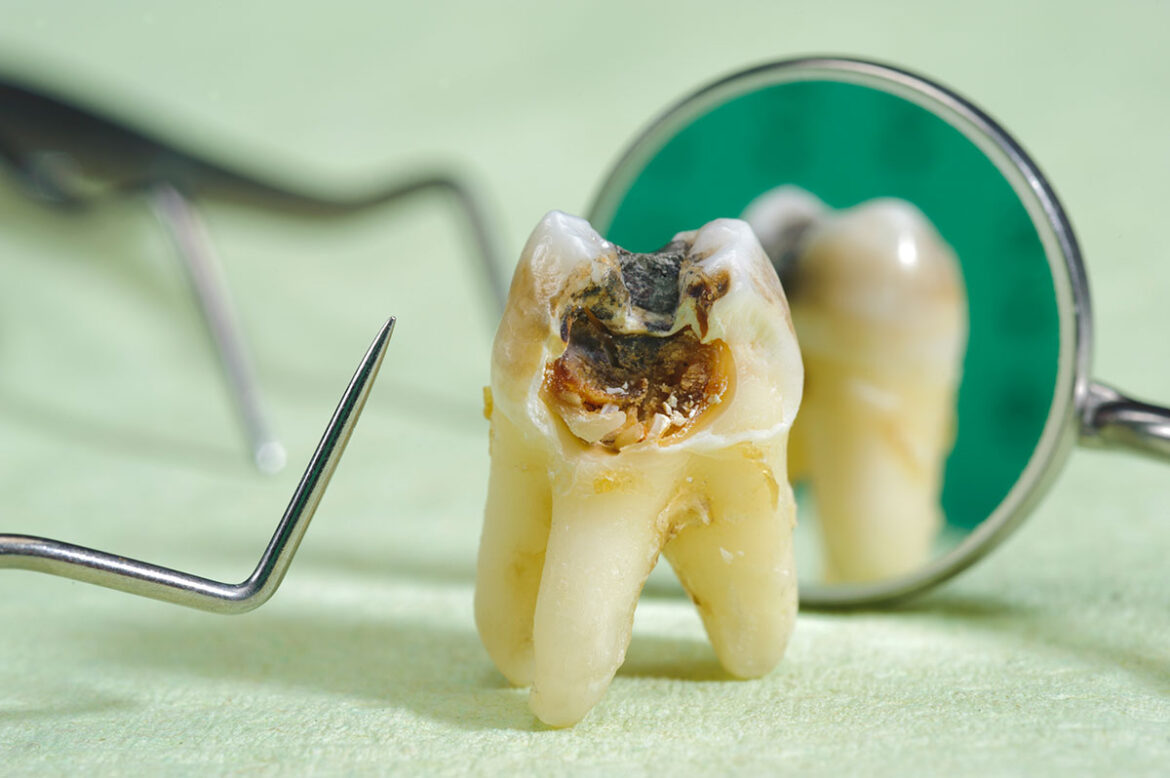Sealants are a type of thin, transparent coating applied to the chewing surfaces of the back teeth, including premolars and molars. They come in liquid form and are carefully applied to penetrate the deep pits and grooves of the teeth, providing thorough sealing and protection.
Sealants offered by the dentist in Livermore, CA are excellent preventive measures adapted to prevent plaque and bacterial adhesion by forming protective coatings that shield your teeth from harmful disease-causing bacteria.
| Dental sealants are thin protective coatings applied to the chewing surfaces of molars and premolars to prevent tooth decay. Made of plastic resin material, sealants are typically applied to the deep grooves and fissures of the teeth, where bacteria and food particles commonly accumulate. The sealants act as a shield that deals with these vulnerable areas. |
Uses of dental sealants
Dental sealants are used for:
- Pits and fissures of deciduous, and permanent teeth in children, and teenagers
- People with an increased risk of caries
- Pits and grooves of permanent teeth in adults
- Incipient caries lesions in children, adolescents, and adults
- Teeth that are not accessible to regular brushing and flossing
Benefits of dental sealants
Here are a few incredible benefits sealants offer. They:
- Protect teeth against plaque and food buildup
- Are suitable for all ages
- Prevent the development of cavities
- Reduce deep grooves
- Offer a quick and painless procedure
- Are long-lasting (last up to 10 years)
- Are easy to repair and maintain them
- Can save you money, and time by avoiding the need for invasive dental procedures in the future
Application of dental sealants
Applying dental sealants is simple and a painless procedure. It takes around 10 to 15 minutes for the dentist to apply sealant to your teeth. The dentist will:
- Clean the teeth thoroughly
- Air dry your mouth and place a piece of gauze to keep your teeth free from moisture
- Paint or coat a small amount of acid etching solution on the occlusal (chewing) surfaces of your teeth to roughen them up. This aids in good mechanical interlocking if the sealant to the tooth surface
- Rinse and air dry your teeth
- Paint the sealant onto your enamel to bond it directly to the tooth.
- Shine or target a curing light on the sealant material to harden it.
Final note
Dental sealants serve as a valuable investment, acting as protective barriers for your teeth similar to raincoats. Sealants effectively guard your teeth and guarantee protection against harmful bacteria and plaque accumulation that cause several forms of oral diseases. Sealants can greatly diminish the likelihood of oral issues like cavities, providing optimal conditions for maintaining healthy teeth and gums.





